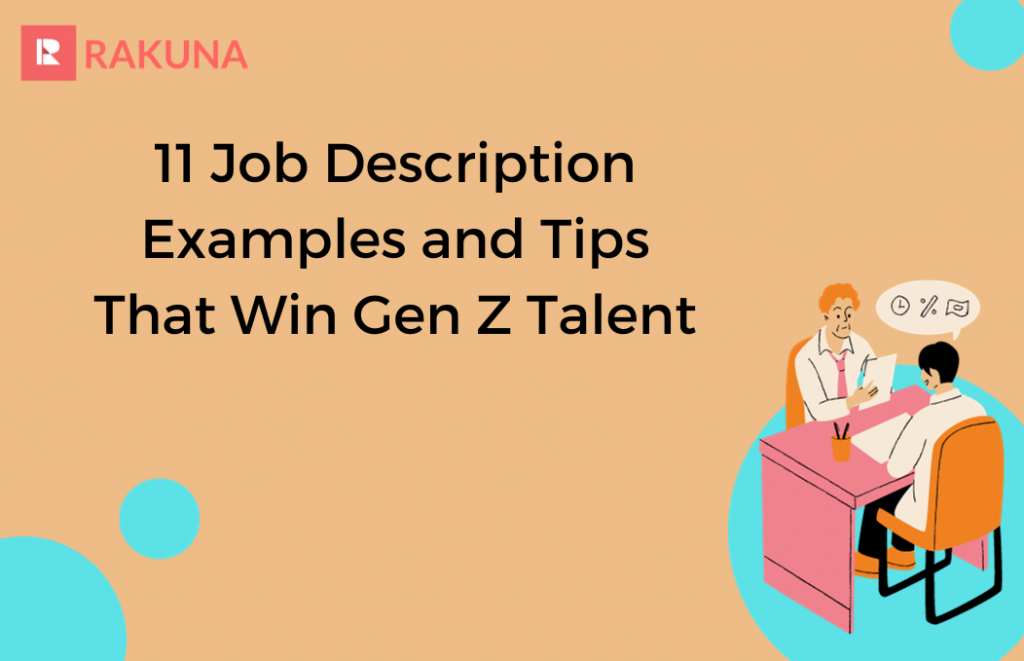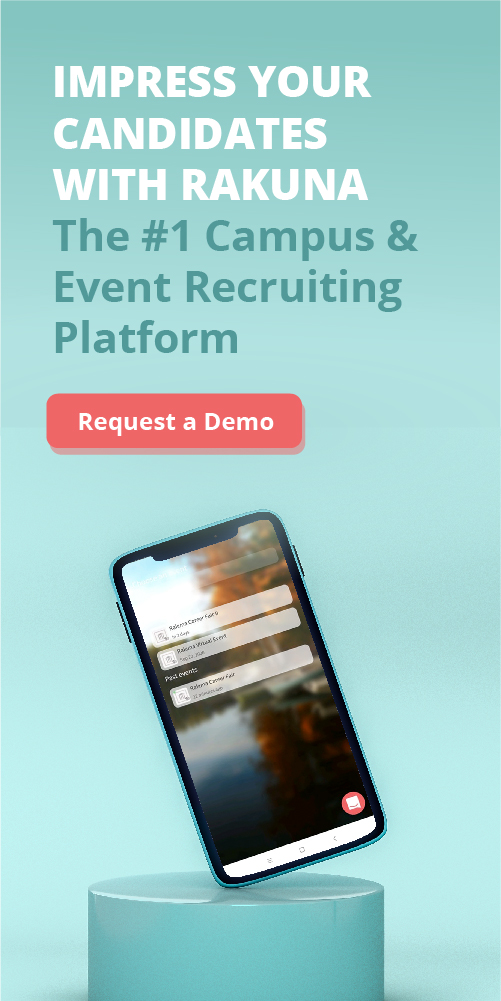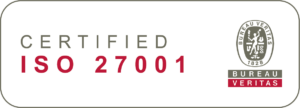Hey college recruiters, do you know…
That Inclusion and Diversity are critical factors Gen Z considers when deciding whether or not to join an employer?
Imagine Sarah, a new grad, scrolling through job boards late at night. She’s viewing more than just the role, she’s checking for tech-forward vibes, the company’s culture, red flag mentions on on social channels, and maybe an inclusive space where she won’t feel like a token. Sound familiar?
Gen Z grew up on TikTok calling out injustices, diversity & inclusion at the forefront of social media discussion, and now they’re applying those filters to their careers.
Let’s walk through what draws Gen Z to a job opening and why your recruitment language needs a glow-up.
What Gen Z Candidates Look For in a Position

The modern workplace is continually evolving, and with the emergence of Generation Z, employers and their college recruiters must adapt to new expectations and values. Gen Z candidates bring unique perspectives on what they desire in a job and professional environment. To create an attractive job description that resonates with Gen Z candidates, it’s crucial to consider their preferences.
1. Embracing Workplace Diversity:
Gen Z doesn’t just want a diverse workplace—they expect it. According to ManpowerGroup – cited by the World Economic Forum, 56% of Gen Z reject jobs lacking diverse leadership, and 68% feel employers still lag behind on inclusivity.
Gen Z candidates have a strong social conscience and actively engage in various social matters, and their commitment to diversity and equality extends to the workplace. They value a diverse, inclusive, and fair environment where everyone feels respected and valued. When crafting job descriptions, it’s essential for college recruiters to highlight their company’s dedication to diversity, equity, and inclusion (DE&I).
2. Tech-Friendly Recruitment and Streamlined Application Process:
Gen Z candidates have grown up in a tech-savvy world and expect to use technology seamlessly in their daily work routines. They rely on digital tools not only for communication but also for collaborative projects and enhancing overall productivity. To attract Gen Z candidates, your job descriptions should convey that your company embraces or is actively using technology to simplify the application process.
3. A Purpose-Driven Work Culture:
Gen Z is known for asking college recruiters profound questions about the purpose and impact of their work. They’re not content with just a job; they seek a career that aligns with their values and offers a sense of purpose. Job descriptions should reflect this by demonstrating your organization’s commitment to making a positive difference in the world.
How to Make Your Job Descriptions Stand Out to Gen Z
1. Crafting Effective Job Titles

When it comes to job titles in recruitment, simplicity and clarity are priorities. Avoid using flashy and unconventional terms like “rock stars” or “wizards” to describe your ideal candidates. Instead, focus on creating job titles that accurately represent the qualifications and responsibilities associated with the position.
Using elaborate job titles might sound creative, but it can hinder your ability to connect with your target audience. It’s important to remember that Gen Z candidates appreciate honesty and transparency, even in something as seemingly trivial as a job title.
💡 According to Kevin Walker, Director of Employee Insights at Indeed.com, job listings with clear titles like “Digital Marketing Manager” perform up to 1,000% better in candidate traffic than gimmicky titles like “Marketing Ninja”.
💡 Titles under 60 characters also rank better in Google and resonate during mobile searches as they are within the Google character limits. Going above this amount will have your title cut off in search results. Search for Meta Title and Description measurement tools like To The Web to measure your content before publishing it!
Best Practices When Crafting Job Titles for Open Positions:

- Clarity is Key: Job titles should clearly convey the role’s responsibilities and qualifications. A vague or overly creative job title can confuse potential candidates and deter qualified applicants from applying.
- Reflect the Role: The job title should accurately represent the nature of the position. Use keywords that align with the job’s core functions. This helps job seekers immediately identify relevant opportunities.
- Avoid Clichés: Overused or trendy terms can dilute the impact of your job titles. Instead of relying on clichés, focus on the genuine appeal of the job itself. If you want to convey your company’s fun-loving spirit, do so in the job description and company culture rather than in the job title.
- Consistency Across Platforms: Ensure that your job titles are consistent across all job boards, social media platforms, and your company’s website. This uniformity makes it easier for candidates to find and identify your job listings.
- Optimize for Search: Consider including industry-relevant keywords in your job titles to improve search engine visibility. This can help qualified talent discover your job listing faster.
- Test the Impact: If you’re unsure about the effectiveness of a job title, consider conducting A/B testing. Experiment with different titles and monitor which ones attract more qualified applicants.
Based on these best practices, you can start crafting titles like:
- Software Development Engineer:
Clear and to the point, this title reflects the role’s nature and qualifications.
- Digital Marketing Specialist
This title effectively communicates the position’s responsibilities and expertise needed.
- Financial Analyst
A straightforward job title that instantly conveys the job’s focus and requirements.
- Human Resources Coordinator
This title accurately represents the role and is easily understandable to job seekers.
- Customer Support Representative
Conveys the role’s focus on assisting customers, making it transparent to potential applicants.
2. Highlight Gen Z Candidates’ Impact When Taking on the Positions

Traditionally, job descriptions include a “Requirements” section that outlines the qualifications a candidate must have to be considered for a role. However, Gen Z job seekers approach this differently; they are more interested in how they can contribute to your organization rather than just ticking off a checklist of prerequisites.
So, let’s discuss how a college recruiter can transform their “Requirements” section into something more captivating, a “How You’ll Make an Impact” section.
💡The 2023 Glassdoor & Indeed’s Hiring and Workplace Trends Report found that 85% of candidates are more likely to apply when job ads include transparent, inclusive, and impact-oriented language, especially when they highlight growth opportunities and work-life balance.
Best Practices for your “Requirement” Section

Step 1: Rethink the Language
Instead of passively listing qualifications, rewrite them as real contributions tied to daily work. This small change boosts engagement and helps Gen Z visualize themselves in the role.
Old-school:
“Bachelor’s degree in marketing required.”
Modern rewrite:
“In this role, you’ll apply your marketing know-how to shape our brand voice, launch campaigns, and drive measurable growth.”
By simply shifting from a static requirement to a dynamic contribution, you start a story that Gen Z can imagine themselves stepping into.
Step 2: Craft Engaging Headlines
Sometimes, it’s not what you say—it’s how you frame it. A section titled “Requirements” feels cold, checklist-y, and transactional. Try headers that spark curiosity and highlight purpose instead.
Try replacing “Requirements” with:
- “What You’ll Be Doing”
- “Your Mission”
- “How You’ll Make a Difference”
- “The Impact You’ll Create”
These subtle shifts help Gen Z candidates feel like they’re stepping into a journey—not checking off tasks in a vacuum.
Step 3: Highlight the Impact
Once you’ve nailed the responsibilities, elevate the message by showcasing impact. Be specific. Tie each role to outcomes, customers, or larger company goals.
Instead of:
“Experience with full-stack development required.”
Try:
“Your full-stack development skills will directly support the launch of our new AI-driven product line, empowering small businesses with smarter tools.”
That one sentence tells them why their role matters and who they’ll affect. That’s the sweet spot Gen Z responds to.
3. Sharpen Your Writing

Even the most well-crafted job descriptions can end up looking like tax forms. If your listing reads like it was written by a committee of lawyers, Gen Z is going to bounce—fast.
In fact, a 2024 Appcast Recruitment Marketing Benchmark report revealed that job postings between 300–660 words generate the highest apply rates, while longer or overly dense ones drop off quickly in performance (source).
So, what can you do? You don’t need to gut your content—you just need to make it readable.
How to Sharpen Your Job Post Before Publishing
Step 1: Keep It Concise—But Not Boring
Long, run-on paragraphs are where Gen Z’s interest goes to die. Instead:
- Use short paragraphs (2–3 lines).
- Break information into bullet points for key responsibilities, perks, or qualifications.
- Trim redundant phrasing. (You don’t need to say “team player” three times.)
Example:
Instead of:
“The successful candidate will be responsible for liaising with stakeholders across departments to facilitate seamless communication and strategic alignment on deliverables.”
Say:
“You’ll connect with teams across departments to keep projects on track.”
Less word salad. More clarity.
Step 2: Speak Like a Human
Create a connection with your prospective employees by replacing impersonal, third-person language with a friendly, more engaging tone. Instead of using terms like “candidates” or “employees,” use “you” and “we.” This personal touch helps candidates envision themselves as part of your team.
Step 3: Highlight What Actually Matters
You’ve got limited attention span to work with—don’t bury the good stuff.
Use:
- Bold subheadings to highlight key sections
- Callouts for critical must-haves or benefits
- Short, punchy summaries under each major section
Prioritize what candidates actually care about:
- Salary range
- Career development
- Flexibility
- Purpose
Finally: Make Next Steps Crystal Clear
The end of your job listing shouldn’t leave candidates guessing.
✔ Tell them when and how to apply
✔ Outline your interview process
✔ Share estimated response times
✔ Offer a point of contact, if possible
Example:
“Apply by July 28. We’ll review applications on a rolling basis, and qualified candidates will be invited to a two-step interview process. Expect to hear back from us within one week of your application.”
What? Is that all of it?
No! Far from it.
The above tips are just some of the most basic best practices to keep your job description in line with Gen Z talent’s interests. But in order to gain attention and wow young candidates, a campus recruiter will need to pay attention to developmental opportunities, language & jargon, salary information & benefits, and so much more!

Get your hands on advanced tips and detailed templates on GenZ-centric job descriptions on our FREE recruitment Resource: 11 Job Description Examples and Tips That Win Gen Z Talent.

Team Rakuna
The Rakuna Team comprises a diverse group of professionals hailing from various corners of the world.
With a passion to enable organizations to hire their next waves of talents, we are dedicated to help organizations stay updated on important recruiting technology and industry best practices.


